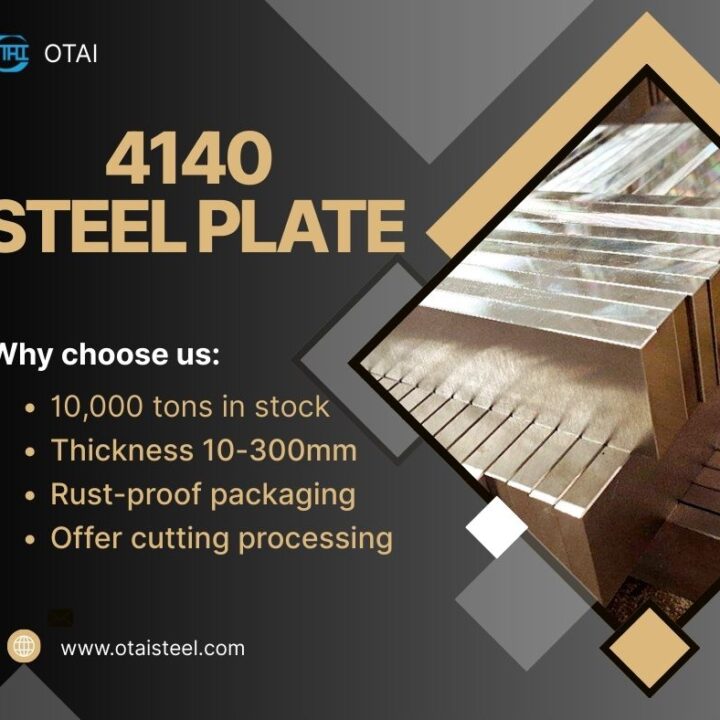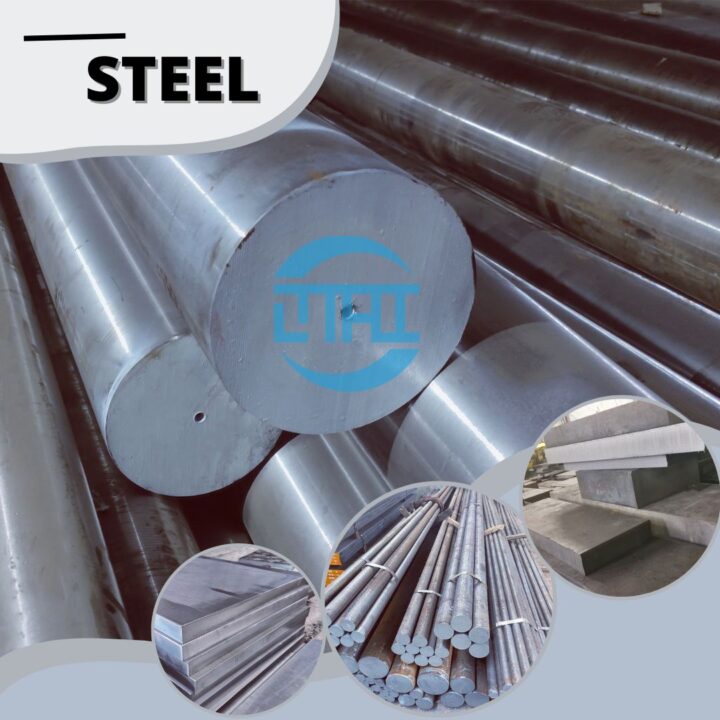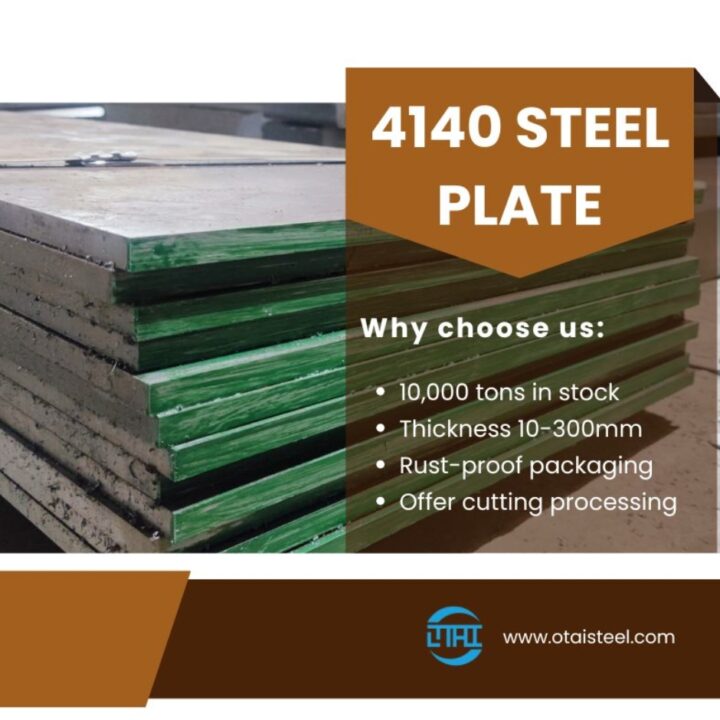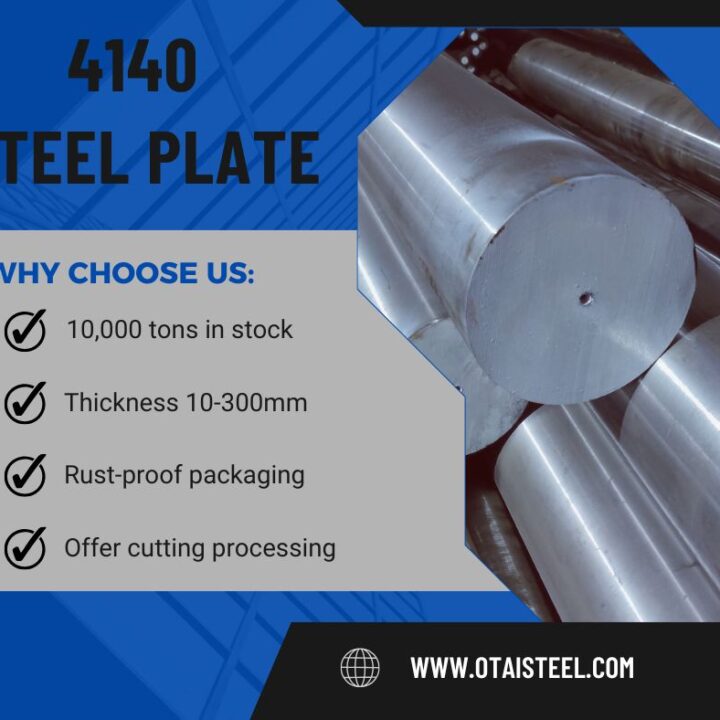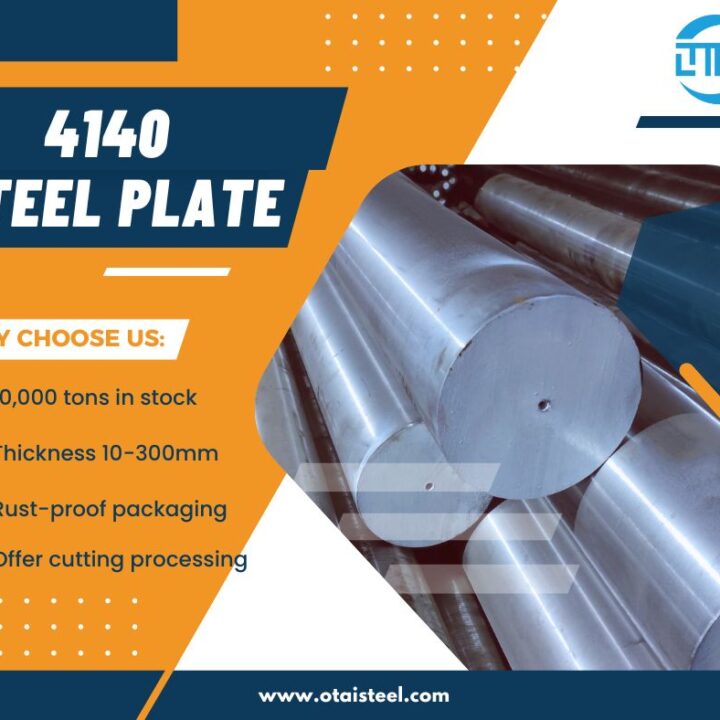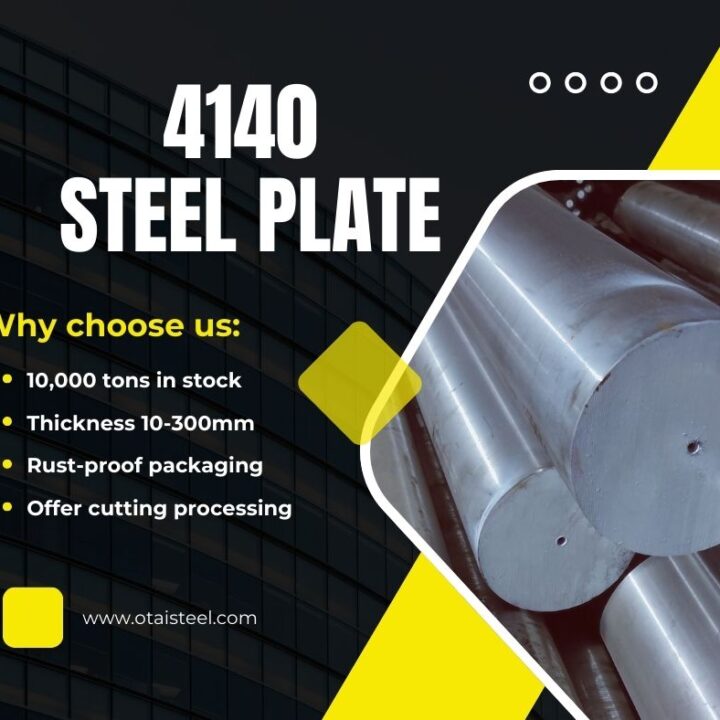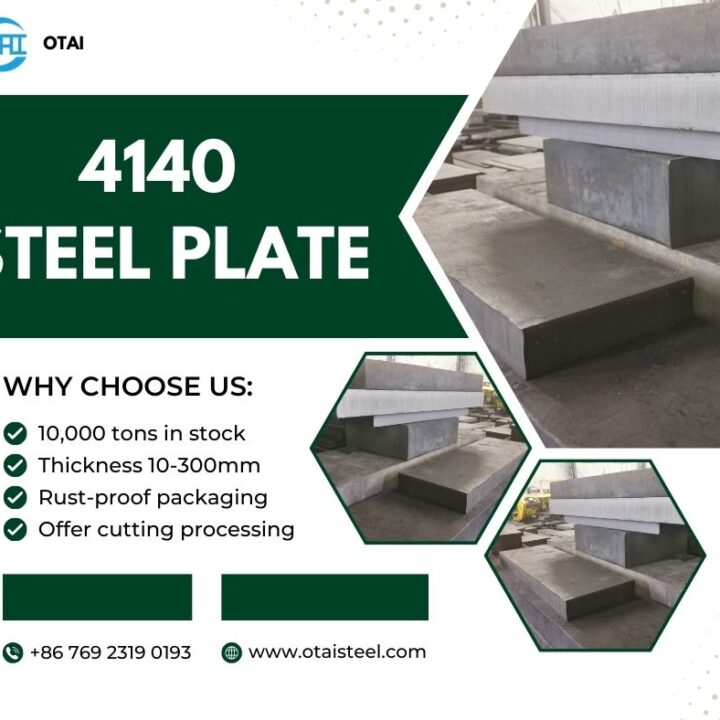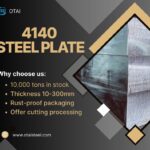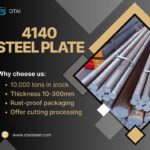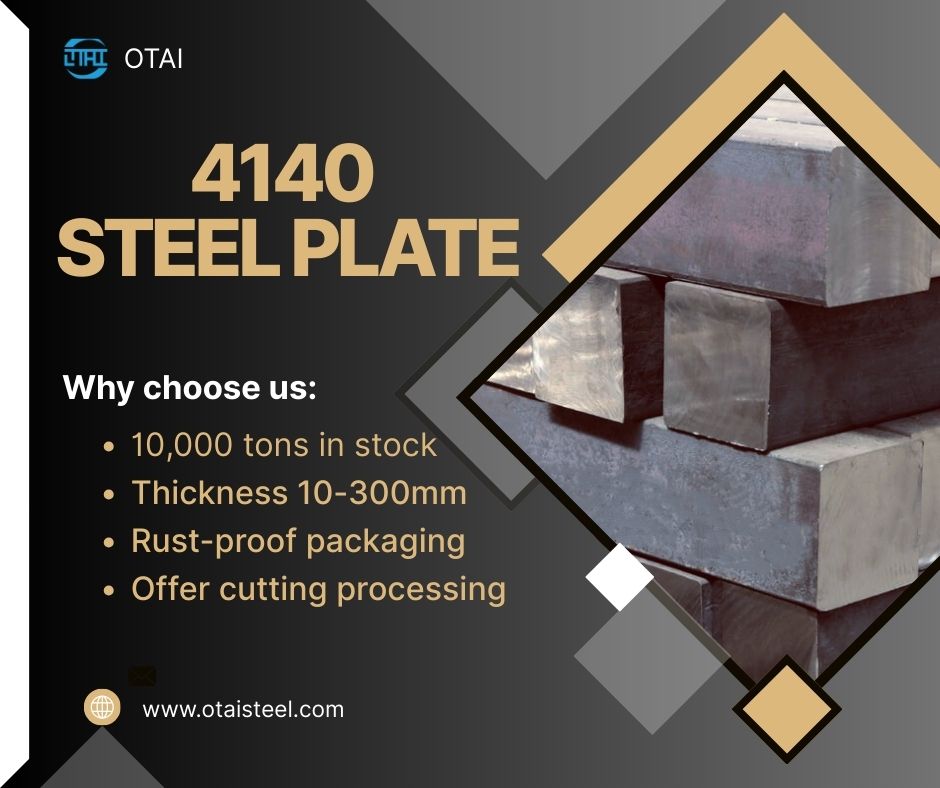 Cutting Speed for 4140 Steel – Practical Guide to Machining Parameters
Cutting Speed for 4140 Steel – Practical Guide to Machining Parameters
When it comes to machining alloy steels, cutting speed for 4140 steel is a topic that both engineers and machinists care about deeply. 4140 is a chromium-molybdenum alloy steel with excellent toughness, wear resistance, and heat-treatable strength. These characteristics make it extremely popular, but they also make machining a challenge if the cutting parameters are not optimized.
In this article, we’ll break down the recommended cutting speed for 4140 steel, explain the factors that influence machining, and provide practical charts and tips for turning, milling, and drilling operations.
🌟 Why Cutting Speed Matters for 4140 Steel
The right machining 4140 steel cutting speed affects:
-
Tool life – Too high a cutting speed leads to premature tool wear.
-
Surface finish – Balanced feeds and speeds deliver smoother finishes.
-
Cycle time – Optimized cutting speed ensures efficiency without sacrificing quality.
-
Heat control – Since 4140 is strong and heat-treatable, incorrect speeds can generate excess heat, causing distortion.
Choosing the proper feeds and speeds for 4140 steel ensures higher productivity and lower machining costs.
🔑 Key Factors Affecting Cutting Speed
Before looking at charts, it’s essential to understand what impacts the cutting speed for 4140 steel:
-
Hardness / Heat Treatment Condition
-
Annealed 4140 (~197 HB): relatively easy to machine.
-
Pre-hardened 4140 (~28–32 HRC): moderate difficulty.
-
Fully hardened 4140 (~40–45 HRC): requires carbide or coated tools.
-
-
Tool Material
-
High-speed steel (HSS): lower speeds required.
-
Carbide inserts: allow higher cutting speeds.
-
Coated carbides / ceramics: best for hardened 4140.
-
-
Operation Type
-
Turning, milling, drilling, and threading each require specific cutting parameters.
-
-
Coolant and Setup
-
Proper coolant prevents overheating and extends tool life.
-
Rigid setups reduce vibration and improve finish.
-
📊 Recommended Cutting Speed for 4140 Steel
Here is a general 4140 steel cutting speed chart (values in Surface Feet per Minute, SFM).
| Operation | Condition (Annealed 197 HB) | Condition (Pre-Hardened 28–32 HRC) | Condition (Hardened 40–45 HRC) |
|---|---|---|---|
| Turning (Carbide) | 300–500 SFM | 150–250 SFM | 80–150 SFM |
| Turning (HSS) | 80–120 SFM | 40–60 SFM | Not recommended |
| Milling (Carbide) | 250–400 SFM | 120–200 SFM | 80–120 SFM |
| Drilling (Carbide) | 200–300 SFM | 100–150 SFM | 50–100 SFM |
| Drilling (HSS) | 50–80 SFM | 30–50 SFM | Not recommended |
These numbers are reference values for machining 4140 steel cutting speed, and must be adjusted based on feed rate, depth of cut, and tool geometry.
⚙️ Cutting Speed by Operation
🔹 Turning
For turning speed for 4140 steel, carbide inserts perform best. Annealed 4140 allows up to 500 SFM, but hardened 4140 requires slowing down to around 100 SFM to maintain tool life.
🔹 Milling
Milling 4140 steel cutting parameters depend on tool diameter and setup rigidity. Carbide end mills should run at 250–400 SFM in annealed condition, dropping to 120–200 SFM in pre-hardened condition.
🔹 Drilling
Drilling 4140 steel cutting speed varies widely with drill size. HSS tools should stay under 80 SFM for annealed material. Carbide drills, especially with coolant-through designs, can handle 200–300 SFM.
🔹 CNC Machining
For CNC machining 4140 steel parameters, many shops use adaptive toolpaths. This allows higher speeds (closer to the top range of the chart) with reduced radial engagement, protecting both tool and part.
🧱 Machining Hardened 4140 Steel
One common question is: What is the optimal cutting speed for hardened 4140 steel?
-
At 28–32 HRC: Carbide tools work best around 120–200 SFM.
-
At 40–45 HRC: Reduce speeds to 80–120 SFM, preferably with coated carbide inserts.
-
Always use coolant and rigid fixturing to reduce tool chatter.
💡 Practical Tips for Machining 4140
-
Use coated carbide tools for longer life.
-
Apply proper coolant flow—preferably high-pressure for drilling.
-
For deep holes, consider peck drilling to avoid chip packing.
-
Reduce depth of cut when machining hardened 4140 to maintain accuracy.
-
Always check a feeds and speeds chart for 4140 steel before programming CNC machines.
🌍 Company Advantages – Why Choose Otai Special Steel?
At Otai Special Steel, we don’t just supply raw material—we support your machining success.
-
🏭 Large inventory – 10,000+ tons of 4140 steel in stock.
-
📐 Custom cutting services – Pre-machined blanks, saw-cutting, and CNC processing.
-
🔍 Quality assurance – Ultrasonic testing, composition analysis, and third-party inspection.
-
🌐 Global supply chain – Serving customers across 50+ countries.
-
💰 Competitive pricing – Cost-effective sourcing without compromising quality.
Whether you need plates, bars, or forged parts, we deliver with reliability and consistency.
❓ FAQ
Q1: What is the recommended cutting speed for 4140 steel?
A: For annealed 4140 with carbide tools, 300–500 SFM is common. Hardened 4140 requires lower speeds, around 80–120 SFM.
Q2: Can HSS tools machine hardened 4140 steel?
A: Not effectively. HSS is limited to softer annealed 4140. Hardened conditions require carbide or better.
Q3: Does coolant improve tool life when machining 4140?
A: Yes, proper coolant significantly reduces heat buildup and tool wear.
Q4: What’s the best tool for drilling 4140 steel?
A: Carbide drills with coolant-through design perform best, especially on hardened steel.
Q5: Is CNC machining faster for 4140 steel than manual machining?
A: Yes, because CNC allows optimized toolpaths and consistent cutting speeds, improving efficiency.

